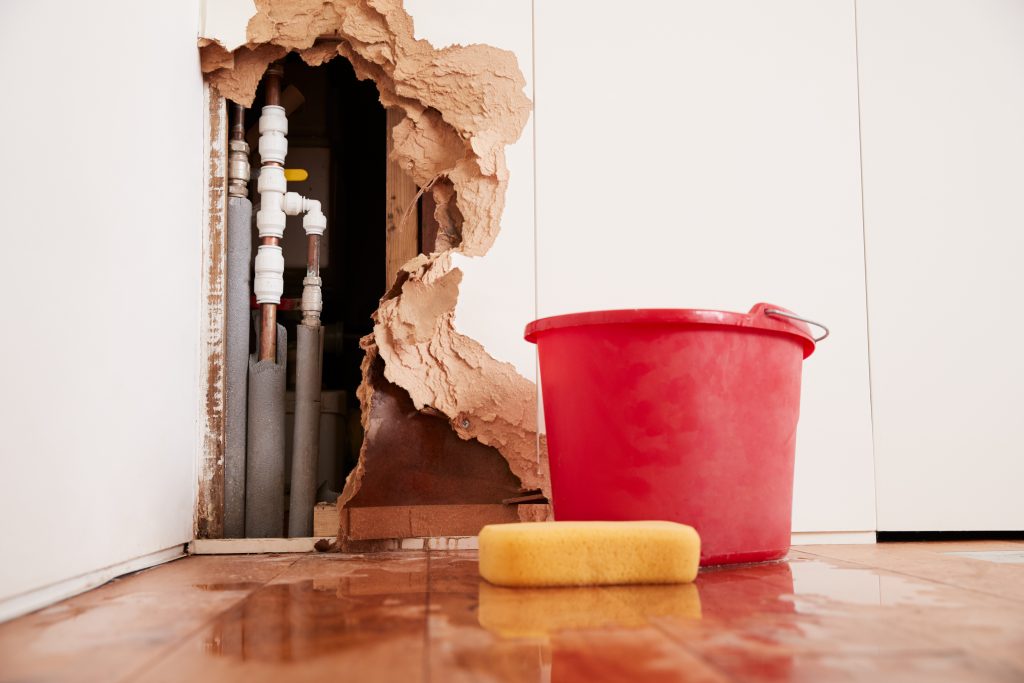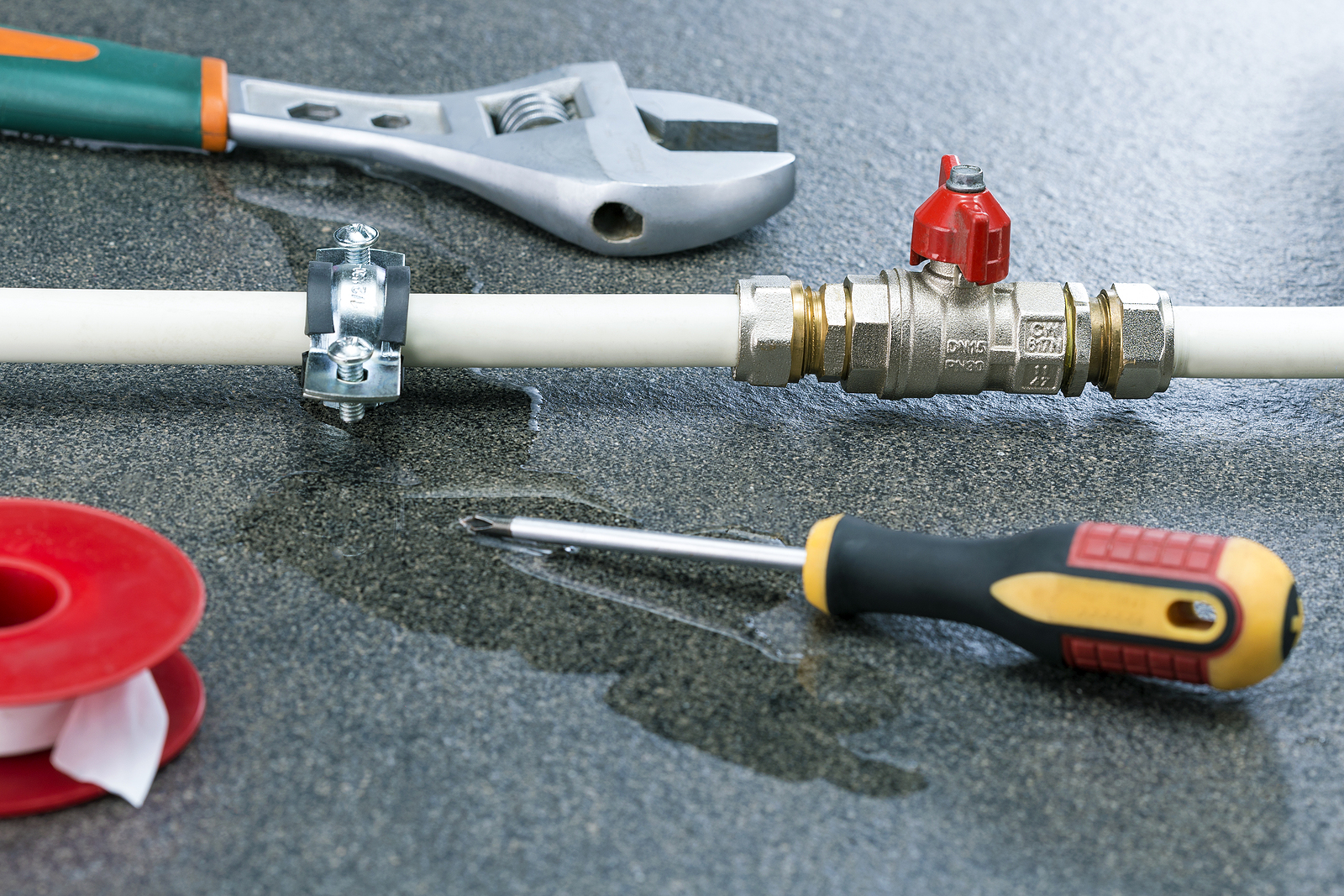Are you in search of information about Leaking water lines?

Early detection of dripping water lines can mitigate a potential catastrophe. Aside from saving you cash, it will reduce the stress and aggravation. The minute you find a leak, calling your plumber for repairs is the very best remedy. Nevertheless, some small water leakages might not be visible. Right here are some hacks that aid if you can not spot it with your naked eyes.
1. Check Out the Water Meter
Every residence has a water meter. Examining it is a surefire manner in which helps you discover leaks. For starters, turn off all the water resources. Make certain no person will certainly flush, use the tap, shower, run the washing machine or dishwasher. From there, most likely to the meter and also watch if it will alter. Since no person is utilizing it, there must be no motions. That indicates a fast-moving leakage if it moves. Furthermore, if you identify no changes, wait a hr or more and also check back once again. This means you may have a slow-moving leak that could even be underground.
2. Inspect Water Usage
Examine your water costs and track your water intake. As the one paying it, you must observe if there are any inconsistencies. If you find sudden changes, in spite of your usage coinciding, it suggests that you have leakages in your plumbing system. Keep in mind, your water bill should fall under the same variety each month. An abrupt spike in your costs indicates a fast-moving leak.
A constant increase every month, also with the exact same practices, reveals you have a slow-moving leak that's also gradually rising. Call a plumber to completely check your building, specifically if you really feel a cozy area on your flooring with piping underneath.
3. Do a Food Coloring Examination
When it comes to water intake, 30% comes from commodes. If the color in some way infiltrates your dish during that time without flushing, there's a leakage in between the storage tank and bowl.
4. Asses Outside Lines
Don't neglect to examine your exterior water lines too. Needs to water permeate out of the connection, you have a loosened rubber gasket. One tiny leak can squander bunches of water and spike your water expense.
5. Examine and also Examine the Situation
Home owners must make it a routine to examine under the sink counters and also inside cupboards for any bad odor or mold development. These two warnings suggest a leakage so punctual focus is needed. Doing regular examinations, also bi-annually, can conserve you from a significant trouble.
Inspect for stainings as well as weakening as the majority of appliances and pipes have a life span. If you think dripping water lines in your plumbing system, don't wait for it to intensify.
Early discovery of leaking water lines can alleviate a possible calamity. Some small water leakages might not be visible. Inspecting it is a surefire way that helps you discover leakages. One small leak can waste lots of water and surge your water expense.
If you presume dripping water lines in your plumbing system, don't wait for it to rise.
How to Know If Your Home Has a Hidden Leak
Water Meter Reveals Inexplicable Water Usage
If you’d like to test whether or not there’s a leak somewhere in your home, you can do this using your water meter. Here is how to conduct the test:
Don’t use any water in your home for at least 30 minutes; this also means not turning on faucets or water-using appliances.
Go outside, and check your water meter for activity.
If your water meter shows that there was activity, even though no one was using any water, this proves that there is a leak in your home.Visible Mold or Mildew Growth
Leaks behind walls create moist, dark environments that allow mold and mildew to grow and thrive. Eventually, you might see mold growth forming on the wall closest to a hidden leak.
If mold is growing in an area that receives a high amount of moisture, such as a bathroom, it may simply be an indication that better ventilation is needed. However, if you see mold growth on a wall or the ceiling in an area where you would not expect, you probably have a hidden leak.
Musty, Mildew Odor
Sometimes you might not be able to see the mold or mildew that is growing as a result of a leak. However, the smell can give the problem away just as easily. If you catch a whiff of something musty, there’s a good chance that old water is collecting somewhere in your home that you can’t see.
Stained/Warped Walls, Ceilings, or Floors
When your home soaks up water, a variety of red flags can become visible, including ceiling stains, bubbling drywall, warped walls, and sagging floors. While these issues can be caused by excess humidity, they can also be signs that a pipe or plumbing connection has started leaking behind your walls.
Inexplicably High Water Bill
After a while, you get a general sense for what your water bill should be. If you own a pool or sprinkler system, your bill will tend to be higher during summer. However, if you receive a water bill that seems especially high, and you can’t figure out what caused it, then you may have a hidden leak somewhere that’s increasing your bill.
https://www.plumbingjoint.com/blog/2019/july/how-to-know-if-your-home-has-a-hidden-leak/

As a serious person who reads on Locating water leaks, I imagined sharing that post was really useful. Appreciated our entry? Please share it. Let somebody else find it. Thanks so much for your time invested reading it.